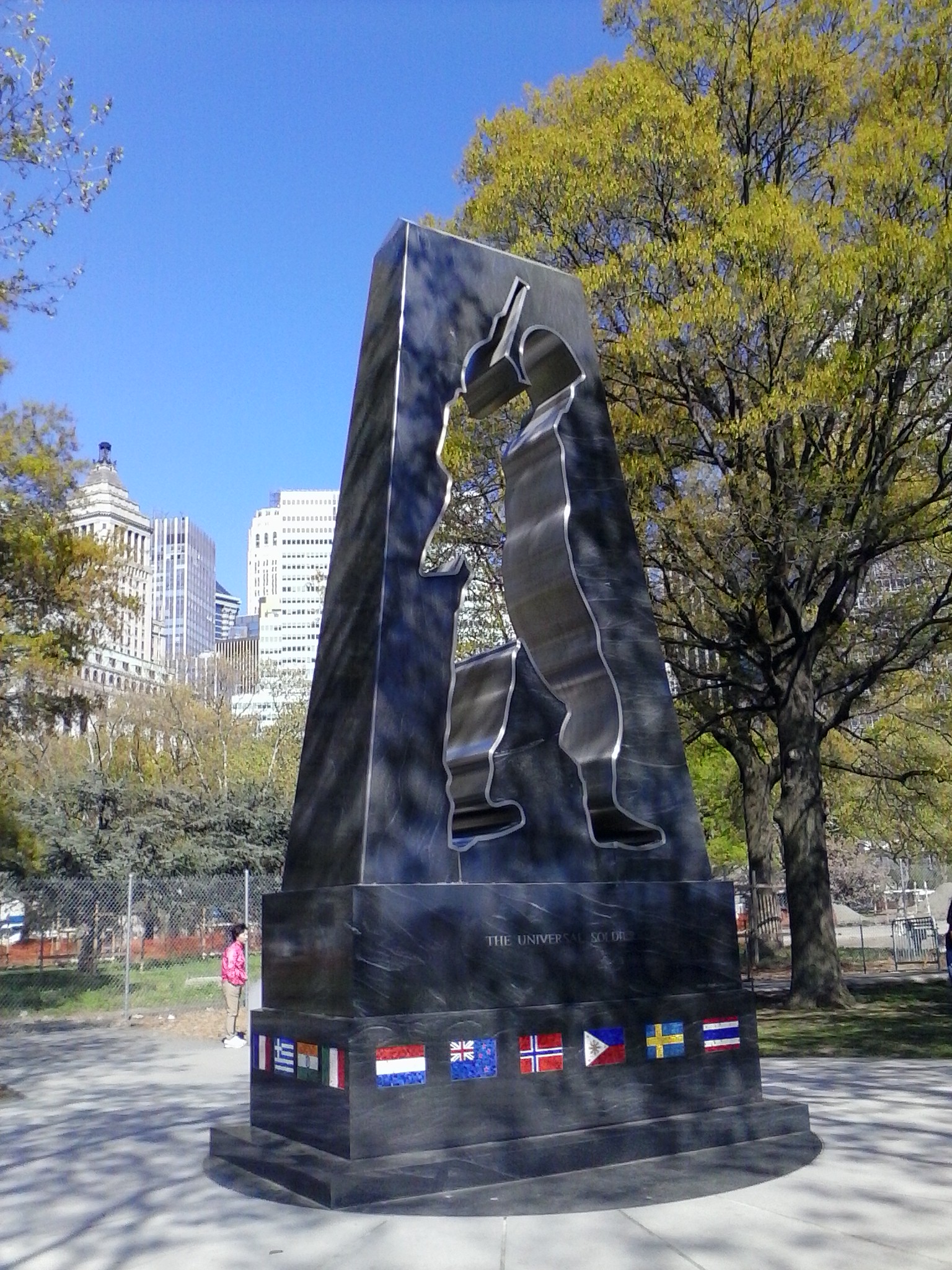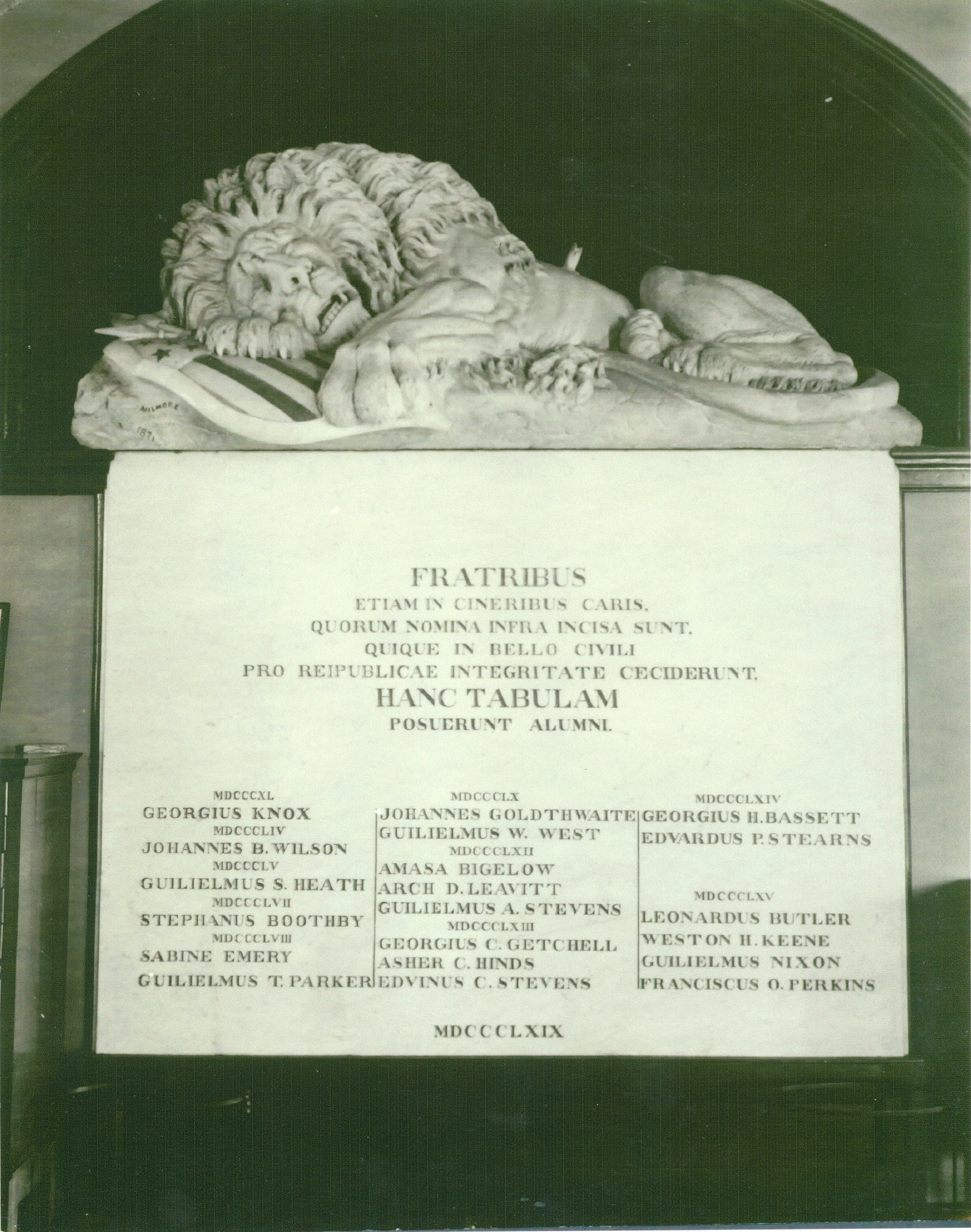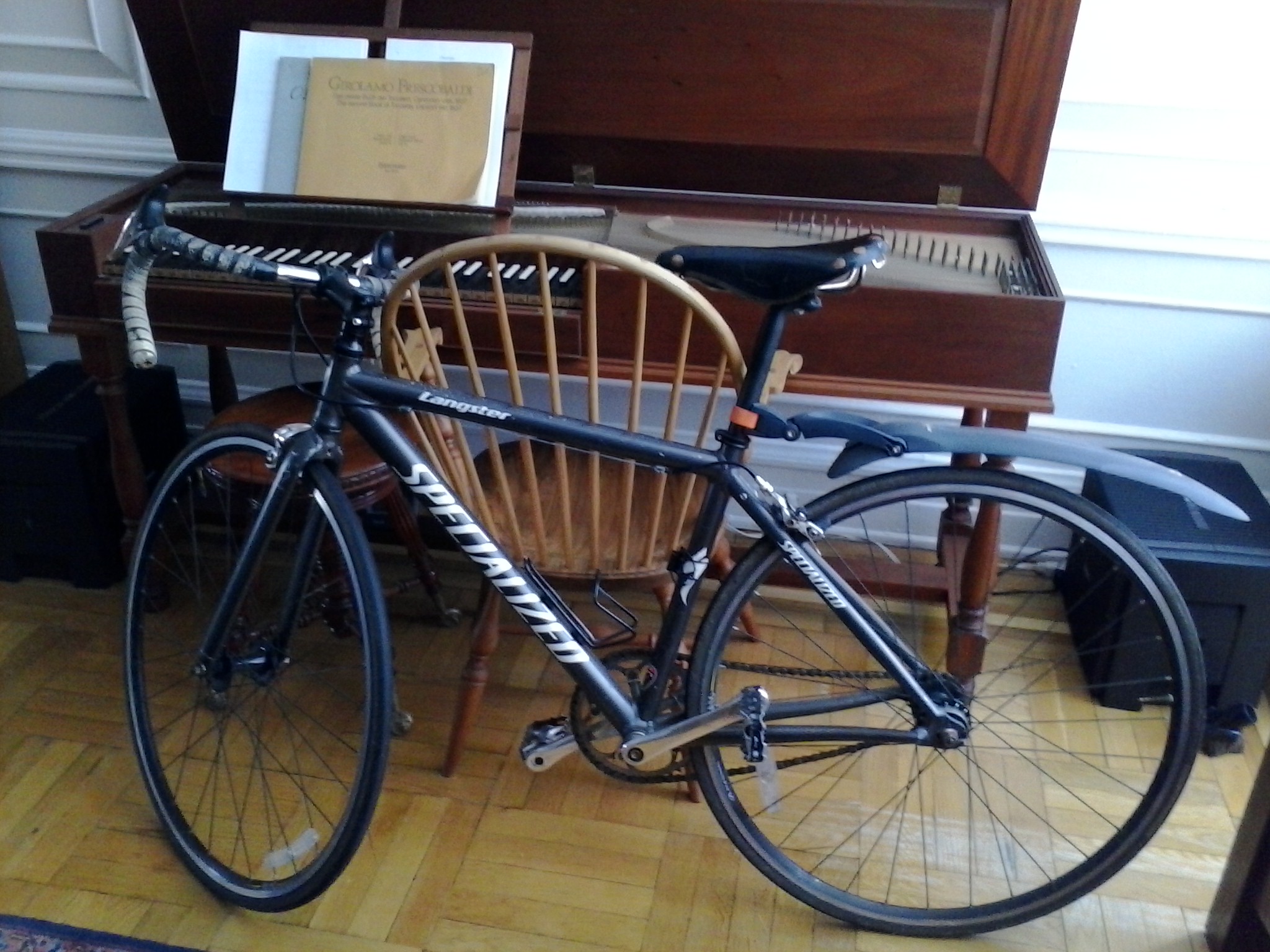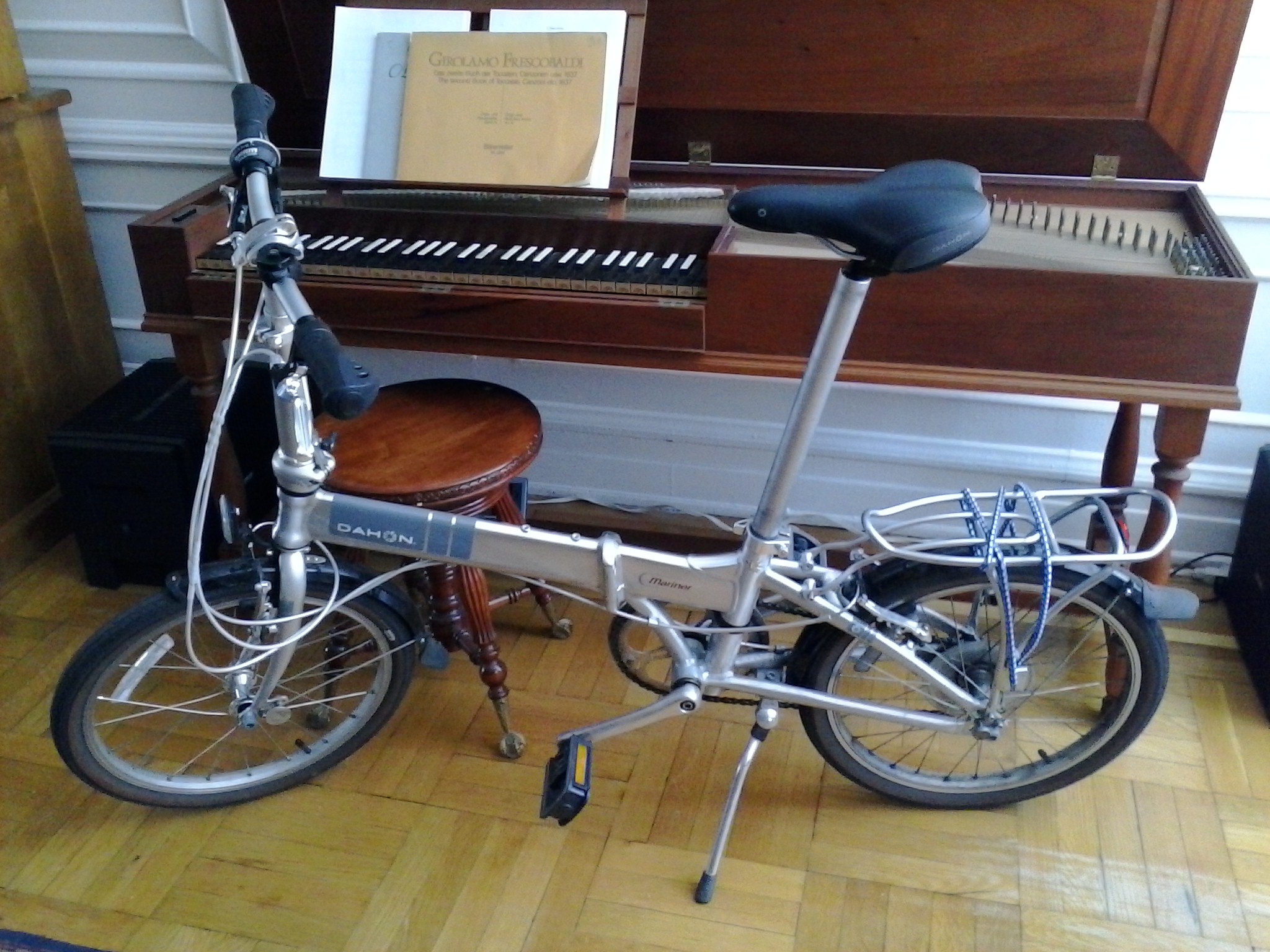
Since the previous post I’ve been ruminating on war memorials.
I have the impression that they used to fall into two categories: triumphalist and elegiac. The tone of more recent ones, however, seems quite different from either of these. It’s hard to capture, but it often seems to suggest that the people memorialized were not so much heroic, in triumph or sacrifice, as ill-used.
Perhaps this is better than triumphalism, at any rate. But it rather depends on who is understood to have committed the ill-usage.
Take the Vietnam War memorial shown above(*) — in Rochester, New York. Does it suggest that American grunts were marched into the darkness by their leaders? I of course am tempted to read it that way. But I wonder, how many of the good people of Rochester return from a visit to this object with that reflection in mind?
The sculpture certainly intends to evoke sympathy for the grunt, who is shown as a bit of a sad sack, really. He’s the victim of something or somebody. But of whom?
I have an unpleasant suspicion that these mopey monuments we see all over the place now really end up reinforcing the great American sense of self-pity — the vague hovering notion that we’re misunderstood and mistreated by the world. I wonder whether they don’t belong to the same order of cultural markers as that awful stupid maudlin POW/MIA flag that every municipality in America flies above its City Hall and police stations, right under the triumphalist Stars And Stripes.
Not only are we Top Country, we’re also, oddly, the great victims of the world.
—————
(*) … Please! (You knew that was coming, didn’t you?)




